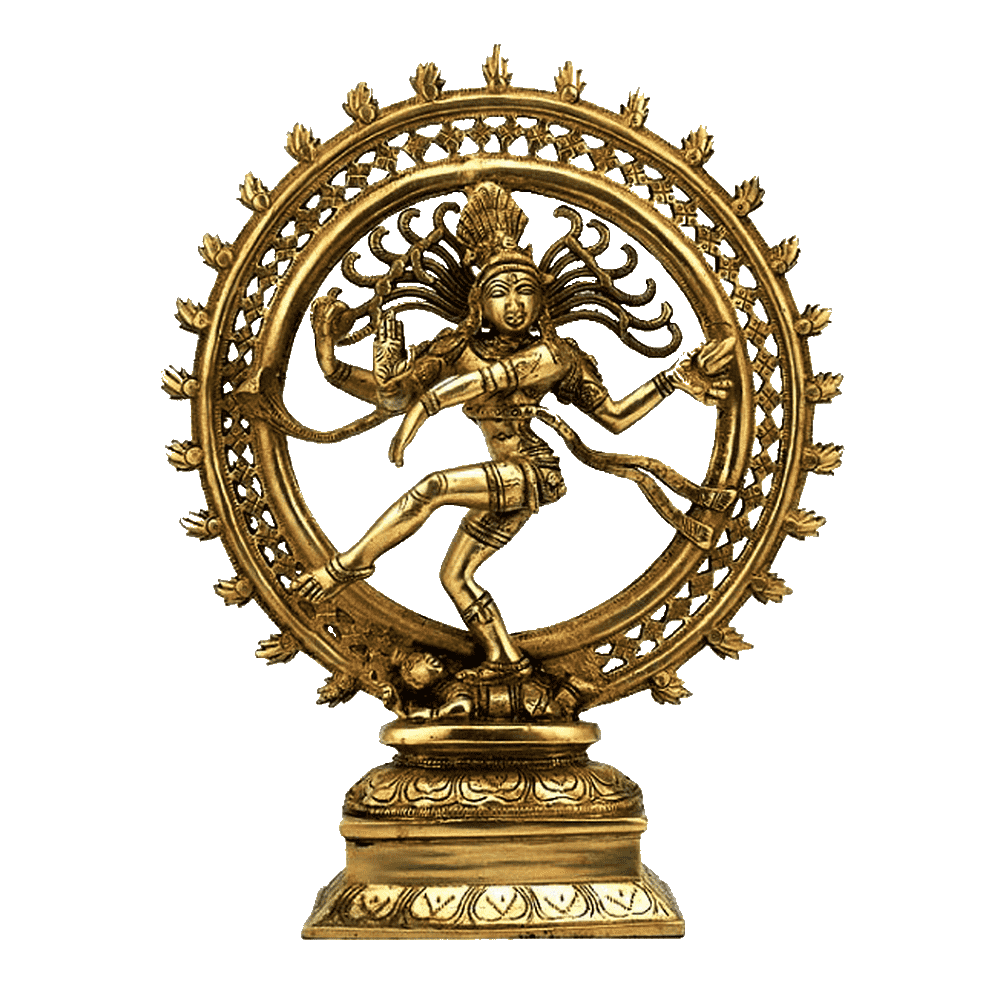
Vaishnava Tantras
Exploring the Sacred Path of Worshiping Lord Vishnu and His Avatars
Abstract:
Vaishnava Tantras represent a significant branch of the Tantric tradition within Hinduism, dedicated to the worship of Lord Vishnu and his divine incarnations (avatars). This article delves into the origins and context of Vaishnava Tantras, highlighting key themes and teachings found in texts like Vishnu Yamala Tantra, Krishna Yajurvediya Tantra, and Brihad Nila Tantra. The enduring significance of Vaishnava Tantras in contemporary spiritual practices is also discussed.
Introduction:
Vaishnava Tantras are an integral part of the diverse tapestry of Hindu spiritual practices, focusing on devotion and worship of Lord Vishnu, the preserver and sustainer of the universe. These Tantras provide a sacred platform for devotees to seek spiritual communion with the divine and experience the essence of divine love and grace.
Origins and Context:
Vaishnava Tantras emerged as a distinct Tantric tradition within Hinduism alongside Shaiva and Shakta Tantras. The worship of Lord Vishnu and his various incarnations has been deeply rooted in Hindu religious practices since ancient times. Vaishnava Tantras evolved as a way to explore the mystical aspects of Vishnu’s divine manifestations and cultivate a deep sense of devotion among the faithful.
Key Themes and Teachings:
Vaishnava Tantras encompass a range of key themes and teachings that guide devotees on their spiritual journey:
Devotion (Bhakti):
Bhakti or devotional love towards Lord Vishnu is the central theme of Vaishnava Tantras. Devotees are encouraged to develop an unwavering love and reverence for Vishnu and his avatars, seeing them as embodiments of divine compassion and grace.
Avatar Worship:
The Tantras expound on the significance of worshiping Lord Vishnu in his various incarnations, such as Rama and Krishna. Each avatar represents a particular aspect of divine wisdom and love, and devotees seek to establish a personal connection with these divine manifestations.
Mantra and Yantra:
Vaishnava Tantras prescribe the use of sacred mantras (chants) and yantras (geometric diagrams) for invoking the divine presence of Lord Vishnu. These practices are believed to facilitate spiritual upliftment and provide protection and blessings.
Vishnu Sahasranama:
The Vishnu Sahasranama, a revered text consisting of a thousand names of Lord Vishnu, holds immense significance in Vaishnava Tantras. Reciting these names is considered an act of devotion and a means to attain spiritual purification and enlightenment.
Enduring Significance:
Vaishnava Tantras continue to hold enduring significance in contemporary spiritual practices among devotees of Lord Vishnu. The emphasis on Bhakti as a path to divine realization resonates with seekers seeking an intimate and personal relationship with the divine.
The worship of Lord Vishnu and his avatars remains a central feature in Vaishnavism, one of the major traditions within Hinduism. Temples dedicated to Vishnu and his incarnations attract millions of devotees worldwide, who find solace, guidance, and spiritual upliftment through their worship.
Conclusion:
Vaishnava Tantras provide a sacred avenue for devotees to cultivate deep devotion and love towards Lord Vishnu and his divine avatars. These mystical texts and practices offer seekers a transformative spiritual path, guiding them on a journey of devotion, surrender, and union with the divine. The enduring significance of Vaishnava Tantras lies in their power to inspire profound spiritual experiences and foster a deep connection with the eternal and benevolent Lord Vishnu.
Editor – Kaalchakra Team
[ Note – Before Concluding anything as a Finale, Please Go through Original Scriptures of Vaidik Literature Written in Sanskrit and Also with Meaning of That time of Language. Because English is a Limited language to Explaining the Deeper Knowledge of Vaidik Kaal. ]
